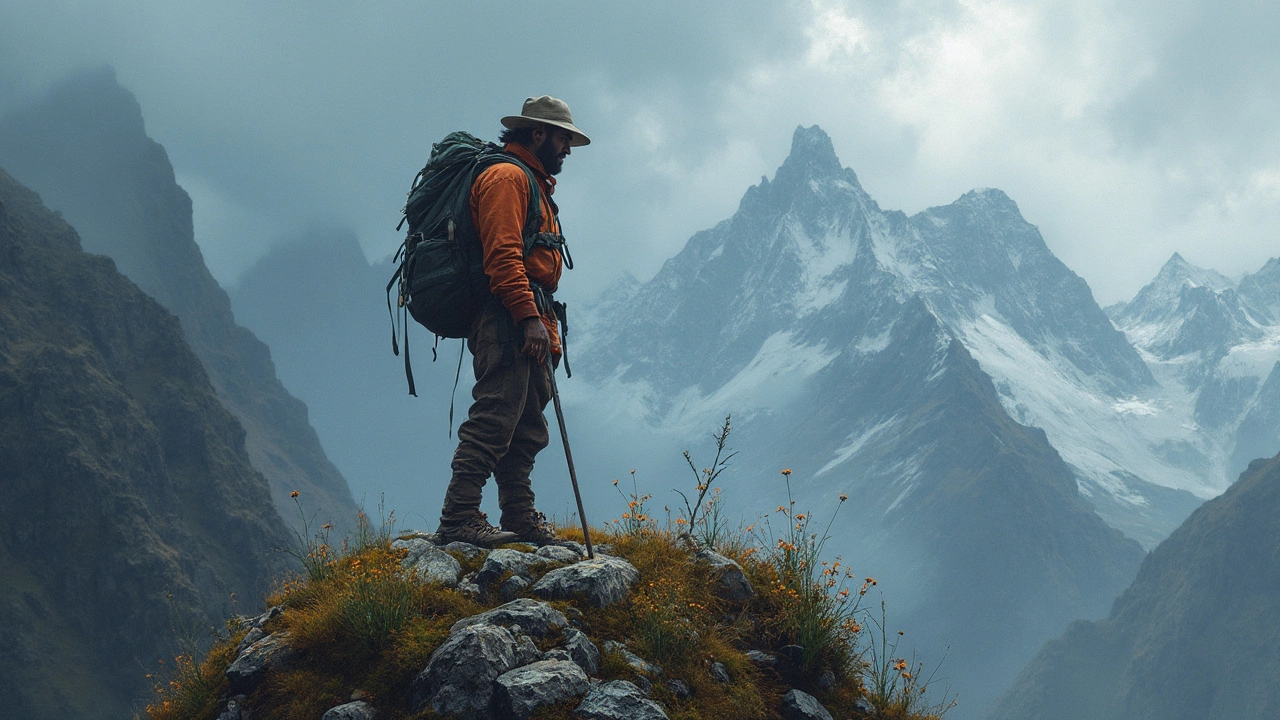SEARCH
India’s Toughest Treks: What to Expect and How to Conquer Them
If you love a good challenge, India has a trail that will push you to the limit. From the icy ridges of the Himalayas to the scrubby cliffs of the Western Ghats, the toughest treks test stamina, skill, and mental grit. This guide breaks down the hardest routes, tells you when to go, and shows you the gear you’ll need so you can walk in with confidence.
Why These Treks Are So Hard
First, altitude is a major factor. Trails like the Stok Kangri (6,153 m) and the Hampta Pass (4,500 m) put your lungs on high alert. Even a few days at those heights can cause headaches, dizziness, or worse if you’re not acclimatized. Second, terrain varies from loose scree to sheer rock faces. The Sandakphu trek, for example, mixes steep ascents with exposed ridgelines that demand steady footing and careful pacing.
Weather adds another layer of difficulty. In the Himalayas, a sunny morning can flip to a stormy afternoon in minutes, bringing lightning, heavy snow, or gale‑force winds. The Western Ghats’ treks, like Kudremukh, may seem milder but sudden monsoon downpours turn paths into slippery rivers. Knowing the climate patterns of each region helps you pick the right window for a safer climb.
Lastly, the length and isolation of these routes amplify the challenge. The 200‑kilometer Great Himalayan Trail segment across Spiti takes you through villages where supplies are scarce. You’ll need to carry extra food, fuel, and emergency kits, because the nearest shop could be days away.
How to Prepare for the Toughest Trails
Start with a solid fitness base. Aim for at least three cardio sessions per week—running, cycling, or swimming—for 45 minutes each, plus two strength workouts focusing on legs, core, and back. If you can comfortably hike 15 km with a 10 kg pack, you’ll be in good shape for most Indian treks.
Acclimatization is non‑negotiable. Spend at least two nights above 2,500 m before tackling higher sections. The classic “climb high, sleep low” rule applies: ascend to a higher point during the day, then descend to a lower camp for sleep. This gradual exposure reduces the risk of acute mountain sickness.
Pack smart, not heavy. A reliable backpack (45–55 L) should hold a four‑season sleeping bag, insulated jacket, waterproof shell, trekking poles, headlamp, first‑aid kit, and enough high‑energy snacks to last a day. Skip bulky items like extra shoes; instead, treat your boots with a waterproof spray and bring quick‑dry socks.
Practice on smaller mountains before you go big. Trails like Triund (2,900 m) or Goecha La (4,300 m) give you a taste of altitude, terrain, and gear handling without the extreme commitment of a full‑scale expedition.
Finally, research permits and local regulations. Some high‑altitude areas, like the Ladakh protected zones, require special permissions that can take weeks to process. Reach out to local trekking agencies early, confirm the paperwork, and keep copies handy on the trail.
When you combine proper fitness, smart acclimatization, and a well‑packed kit, the toughest Indian treks become achievable adventures rather than impossible feats. Pick a trail that matches your skill level, respect the mountain’s power, and you’ll walk back with stories worth sharing for a lifetime.
Ready to lace up those boots? Choose a trek, set a date, and start training today. The toughest paths are waiting, and the view from the top is the best reward you’ll ever get.

Hardest Place to Hike in India: Where Trekking Gets Real
Curious about the hardest place to hike in India? This article uncovers the ultimate challenge for trekkers and what makes it such an unforgiving adventure. You'll discover brutal terrains, wild weather, real-life stories, and what it takes to test your limits. We'll toss in some helpful tips and must-know facts if you're thinking about tackling India's most intimidating trek. It's everything you want to know before stepping onto the toughest trail.
Continue reading